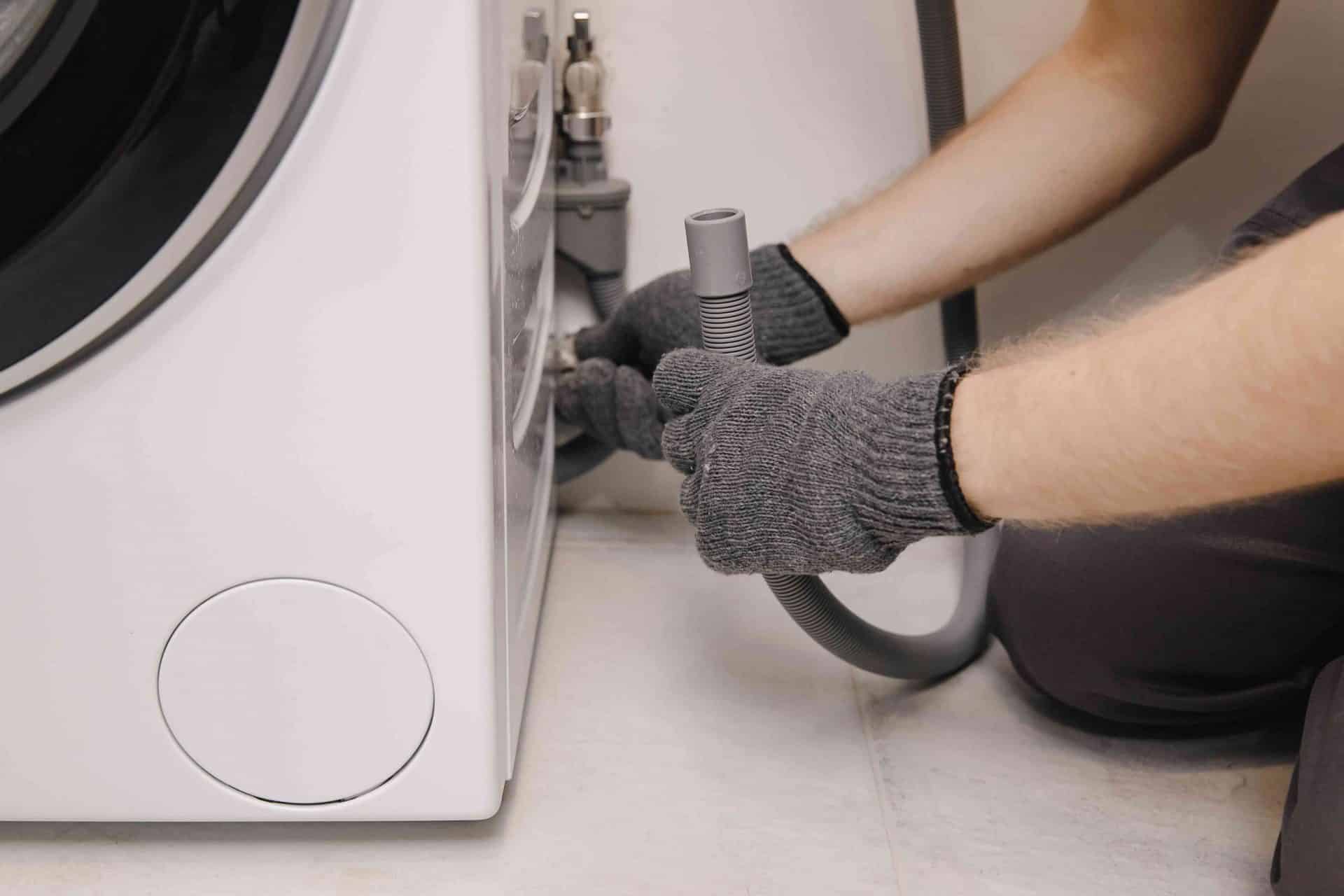Have you ever had a load of laundry that just didn’t seem to want to get clean? If you have, the problem might not be your washer or detergent. It could be your washing machine drain. With a little maintenance and care, however, it won’t take long before those clothes are as fresh as they were when they went in! In this article, we will explore how to keep those pesky drains from holding up your wash day. Let’s find out all about diagnosing washing machine drain problems.
First off, what is a washing machine drain? Essentially it consists of two different tubes for water flow: one outgoing tube and one incoming tube. The outgoing tube allows dirty water out of the machine while the incoming tube lets clean water back into the drum. A clean drain is essential to the performance of your washing machine. If you are not cleaning your drain every few months, then you are risking clogs which can cause damage to your clothes and even flooding in your home. Fortunately, it only takes a couple of minutes each time you run a load of laundry to maintain this important part of the appliance’s plumbing system.
Check the Manual First
The guidelines for the safety and use of a product must be taken into consideration by the consumer. The guidelines are written in manuals that come with new appliances. These manuals provide specific information about your washing machine. It is important to make sure that you read these manuals before using your washing machine or else you may be putting yourself in harm’s way. The same goes when you are diagnosing a problem with your washing machine.
Inspect the Drain Hose
If you’re not sure what’s wrong with your washing machine, then check to see if the water is coming out of the hose. If not, then you might need a new hose. On the other hand, check for a clog in the hose. In order to diagnose this problem, look at the hose’s drain hole and make sure that it drains properly. Clogs can also happen internally in the hose, but this problem usually shows up on the outside first.
It Could be the Drain Pump
The most common indicator is the sound of the pump. If you hear a humming noise when the washer is in its drain cycle, it is likely that you have a pump with an impeller that has failed. I recommend that you turn off your power and then inspect the pump for any visible damage or debris that could be interfering with its operation. A clogged drain line can also cause improper drainage.
If your machine is slow to respond when you turn the knob to start it, this may be an indication of lint buildup. If you have used excessive amounts of soap while washing clothes, this could also cause clogging in your drain pump. To eliminate any excess detergent or fabric softener from running down your drain pump and causing clogs, make sure to rinse your clothes thoroughly before loading them in the front loader’s wash tub.
The Drive Belt
The most common cause of a broken drive belt is if something has been caught in the belt and it broke. Drive belts can also break if they get old, especially if the appliance gets a lot of use. The cost of a new belt will depend on how old it is and where you buy it from.
The Lid Switch
The lid switch is an important part of your washing machine. It detects when the lid is closed and sends a signal to the control board to start the wash cycle. If this sensor fails, you will not be able to complete any cycles.
Your washing machine drain is one of the most important parts of your appliance.
It might seem like a minor detail, but it can make or break your laundry day. You should never underestimate the importance of keeping it clean and free from buildup. So, after diagnosing the root cause of the problem, you can try fixing it yourself but you can also get services from professional people who know diagnosing washing machine drain problems than you do. Please click here to learn more.


